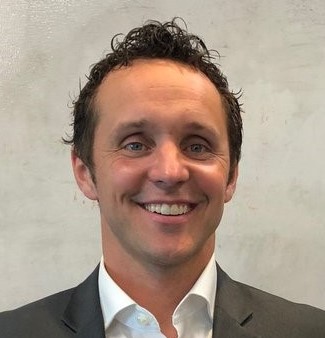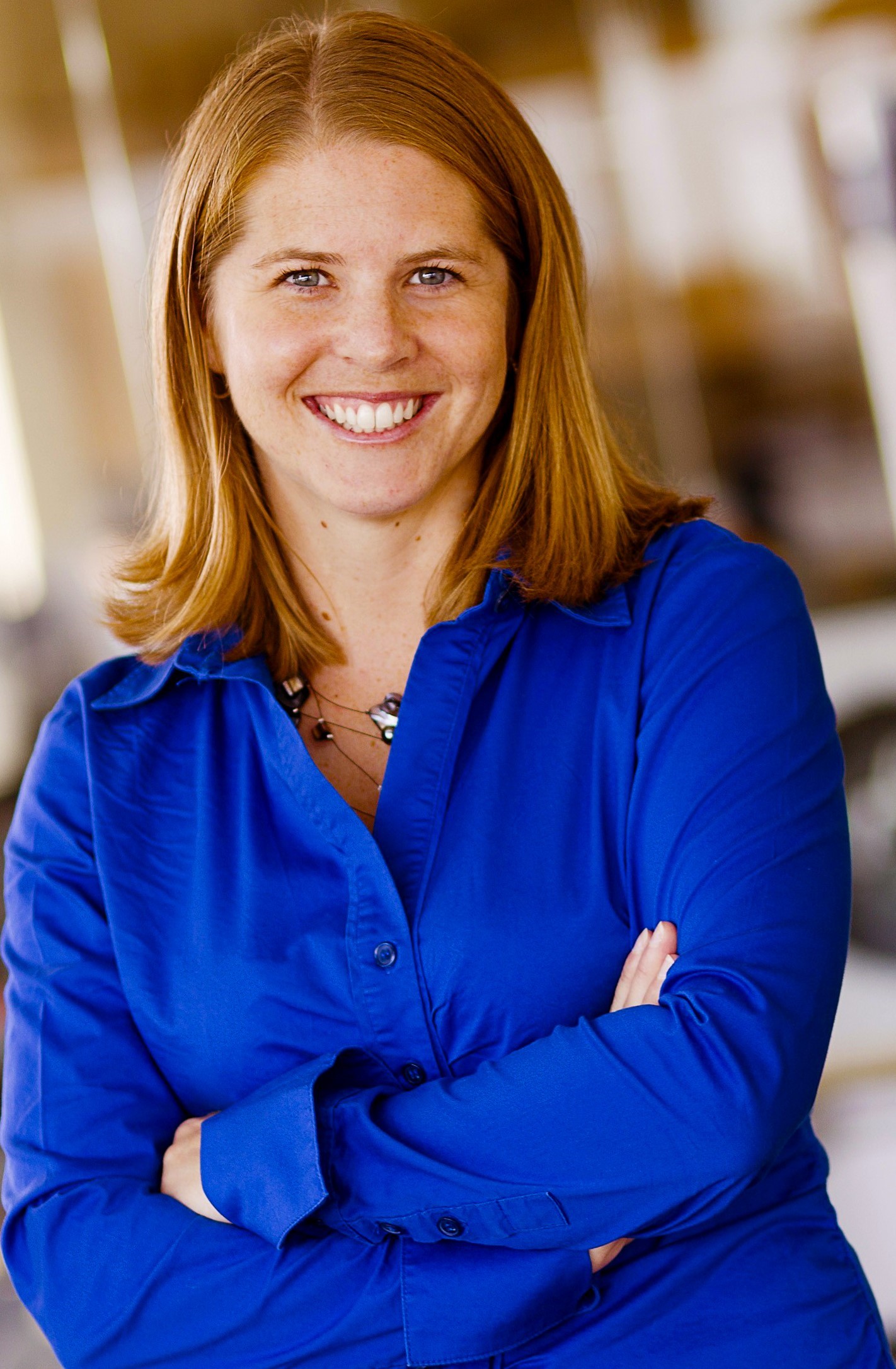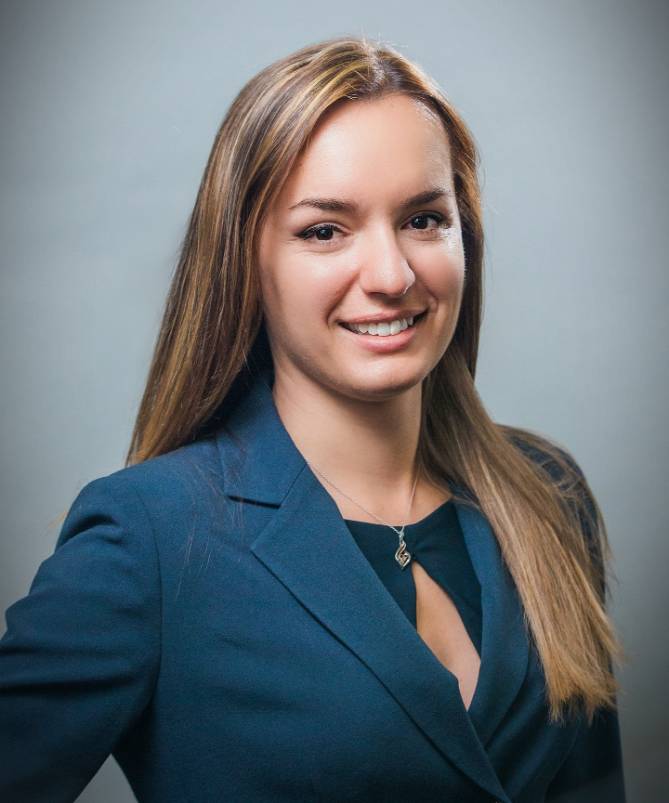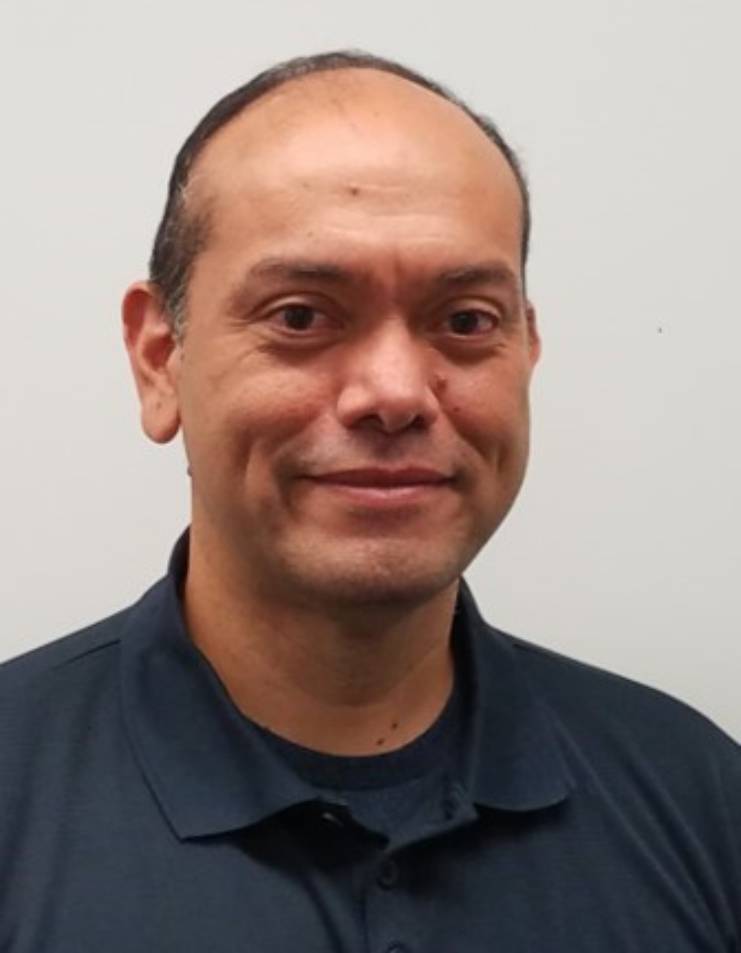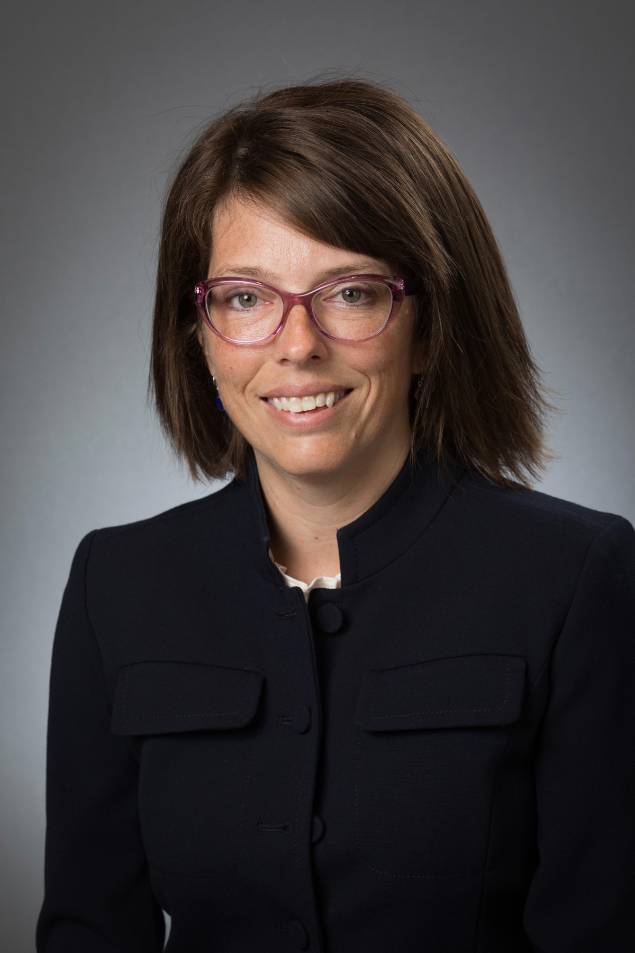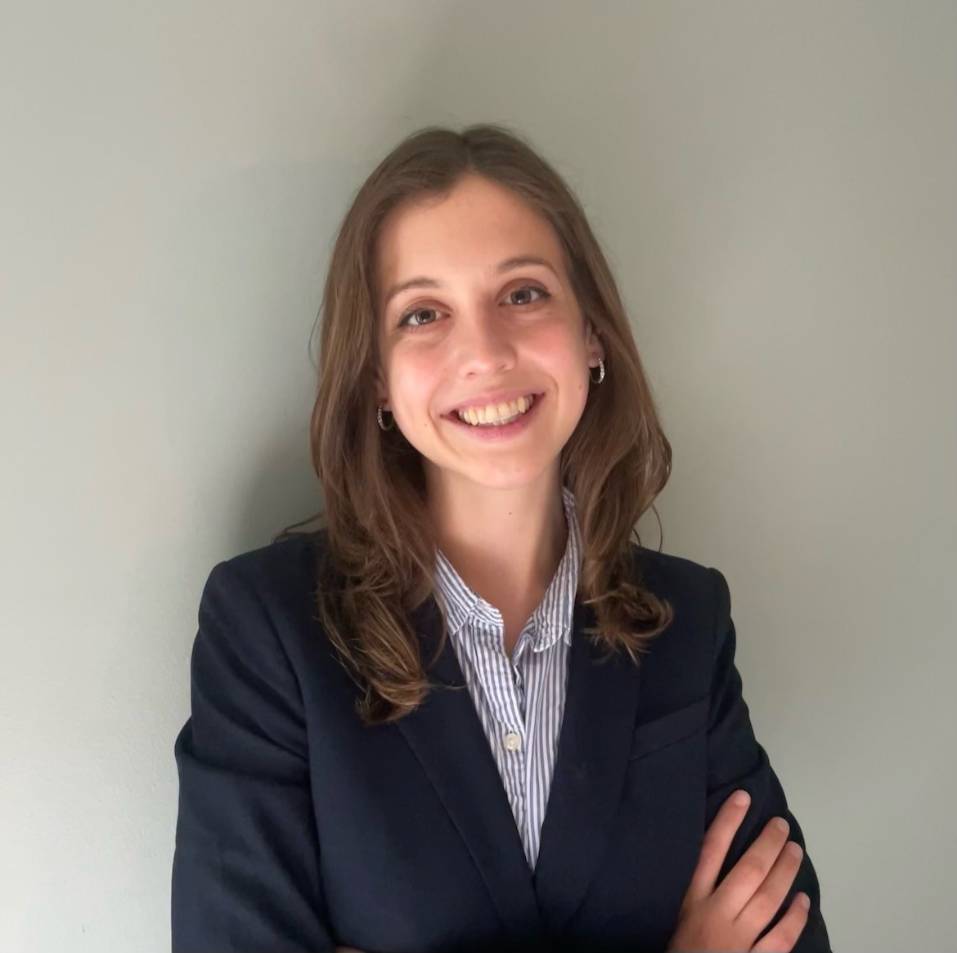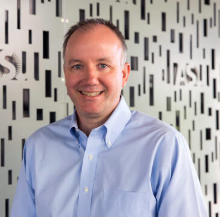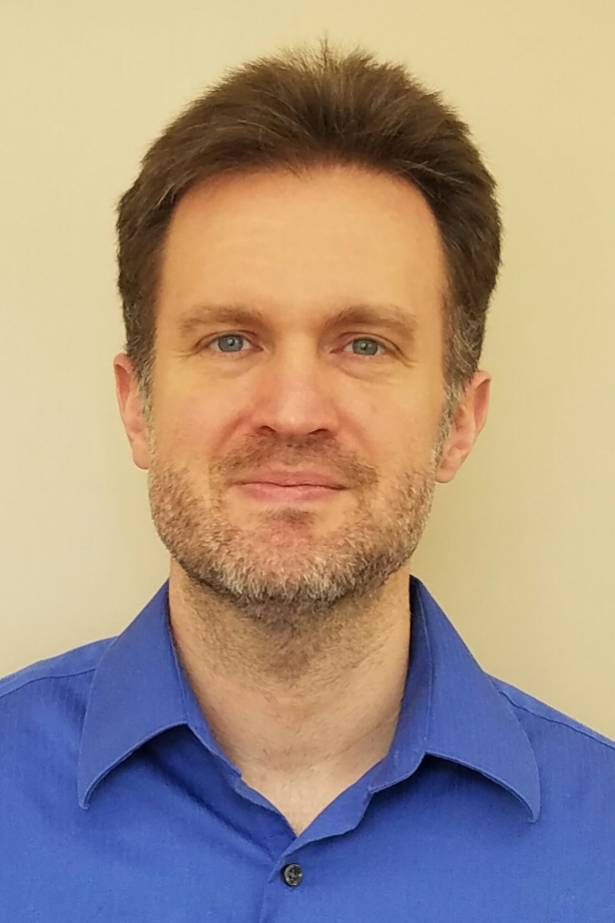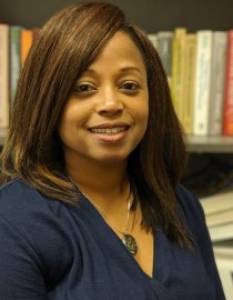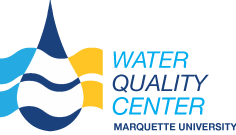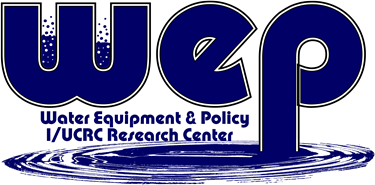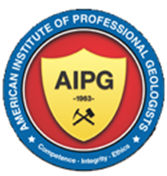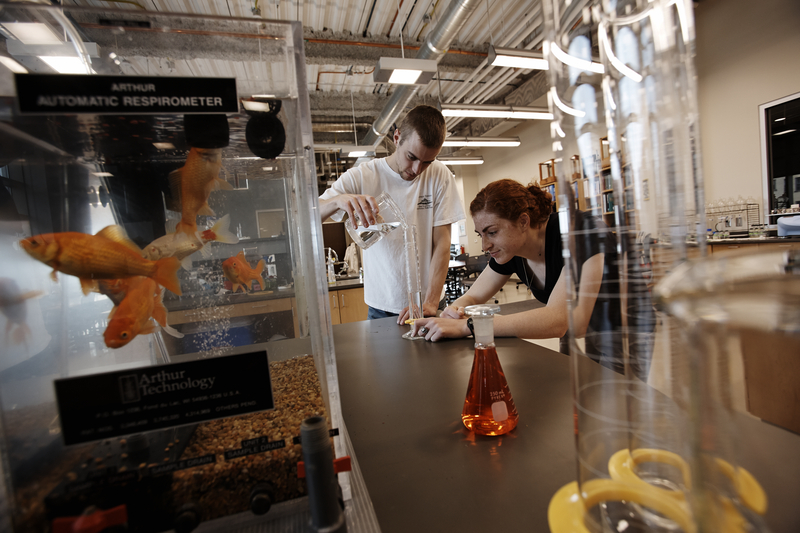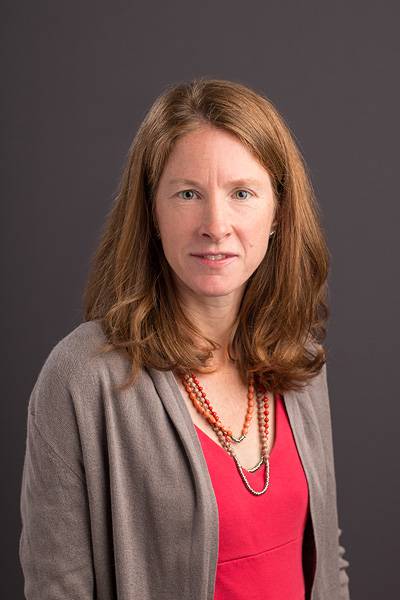
Caroline Russell, Ph.D, PE, BCEE
Principal Technologist
Carollo Engineers
Dr. Caoline Russell is a Principal Technologist with Carollo Engineers, Inc. with over 20 years of experience addressing drinking water supply and treatment challenges for water systems across the U.S. She has also helped more than two dozen water systems address distribution system water quality challenges including pipe corrosion, taste and odor control, nitrification, and disinfection by-product (DBP) formation. Dr. Russell helped direct the planning phase of the El Paso Water direct potable reuse (DPR) project, and is working on technical aspects of the detailed design for the project. She received her B.S. in Civil Engineering from Duke University and her Master's and PhD in Environmental Engineering from the University of Texas at Austin.
Abstract
Impact of GAC Treatment on DBP Formation and Toxicity in Drinking Water
Promulgation of the Stage 2 Disinfection By-Product Rule (DBPR) has prompted more utilities to implement strategies to reduce formation of regulated DBPs, including implementing GAC adsorption to facilitate continued use of chlorine as a disinfectant, switching to chloramines, or using aeration to strip the more volatile DBPs. The USEPA is currently considering revisions to the DBPR, recognizing that unregulated DBPs can be more toxic than the currently regulated DBPs. Changes to the DBPR could prompt more utilities to implement GAC, which can reduce DBP formation overall, but shift the bromide to DOC ratio and result in increased formation of the more toxic brominated DBPs. A major research gap is whether strategies that reduce regulated DBP formation translate to an overall reduction in the toxicity of the drinking water.
As part of a Water Research Foundation project, pilot testing and full-scale sampling were conducted to compare GAC adsorption to alternate approaches to control DBPs formation of regulated and unregulated DBPs and the resulting toxicity using bioassays. Pilot-scale GAC columns were operated to facilitate a side-by-side comparison of the impact of GAC with and without pre-chlorination and with different influent bromide (up to 300 µg/L) and iodide (up to 80 µg/L) concentrations. GAC influent and effluent samples were collected at ~20, 50, and 80% TOC breakthrough and chlor(aminated) under uniform formation conditions (UFC).
Full-scale samples were collected at two conventional drinking water facilities with GAC contactors, and at a potable reuse facility using ozone, biological filtration (BAF), ultrafiltration, GAC, and UV to meet treatment goals. Samples were collected at different points of GAC exhaustion.
More than 40 DBPs were measured in the pilot and full-scale samples. Extracts were prepared by solid phase extraction (SPE; Lau et al., 2021) and are being used to measure CHO cell cytotoxicity and genotoxicity based on cellular stress response in human HepG2 cells and via a high throughput toxicogenomics-based yeast assay.
Resulsts from pilot testing illustrate lower calculated toxicity with chloramine compared to chlorine disinfection of pre-GAC samples with higher bromide and iodide concentrations. However, at ambient bromide and iodide concentrations, the cytotoxicity was similar in settled water samples disinfected with chloramine compared to chlorine.
GAC treatment reduced calculated cytotoxicity more than switching to chloramines, even at ~80 percent TOC breakthrough. Potable reuse treatment samples illustrated ~65% reduction in measured cytotoxicity through ozone and BAF treatment. Treatment through fresh GAC provided an additional 50% decrease in cytotoxicity. Measured cytotoxicity, which accounts for unknown DBPs, was more important than calculated cytotoxicity based on known regulated and unregulated DBPs.

